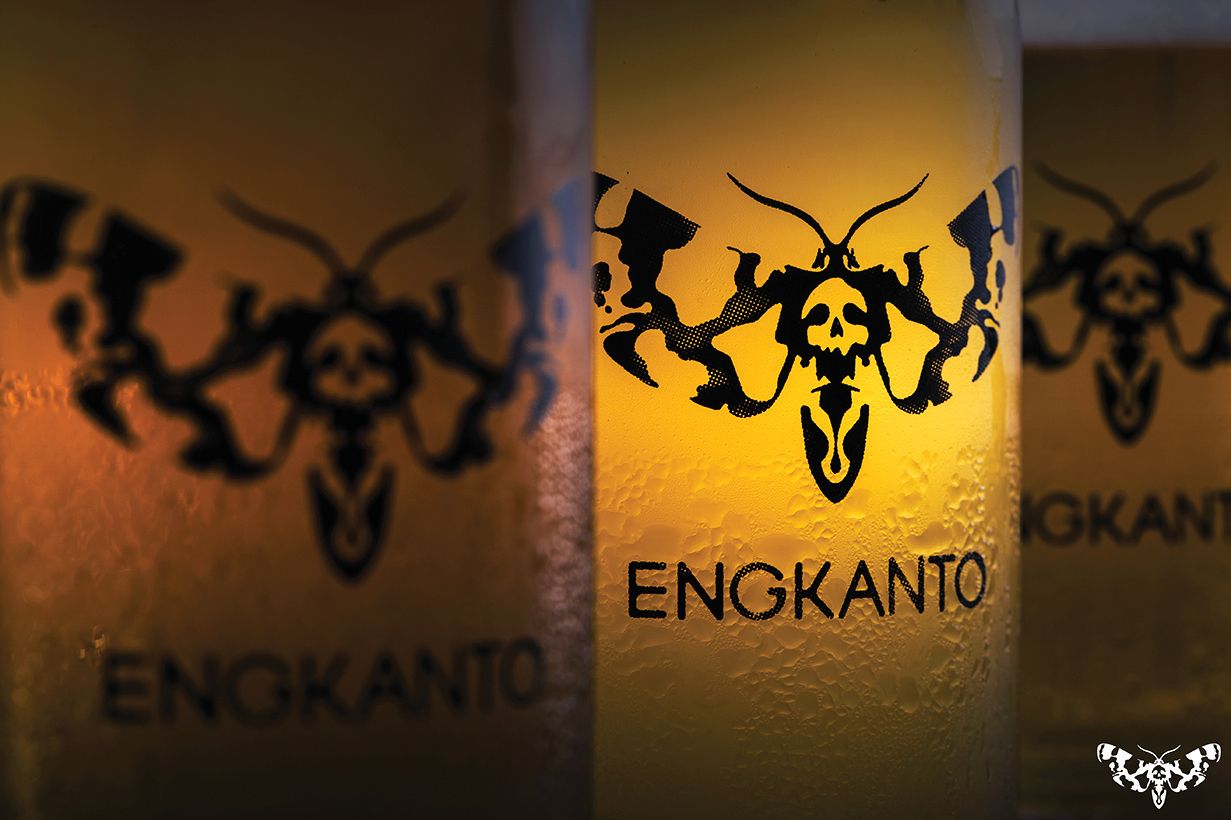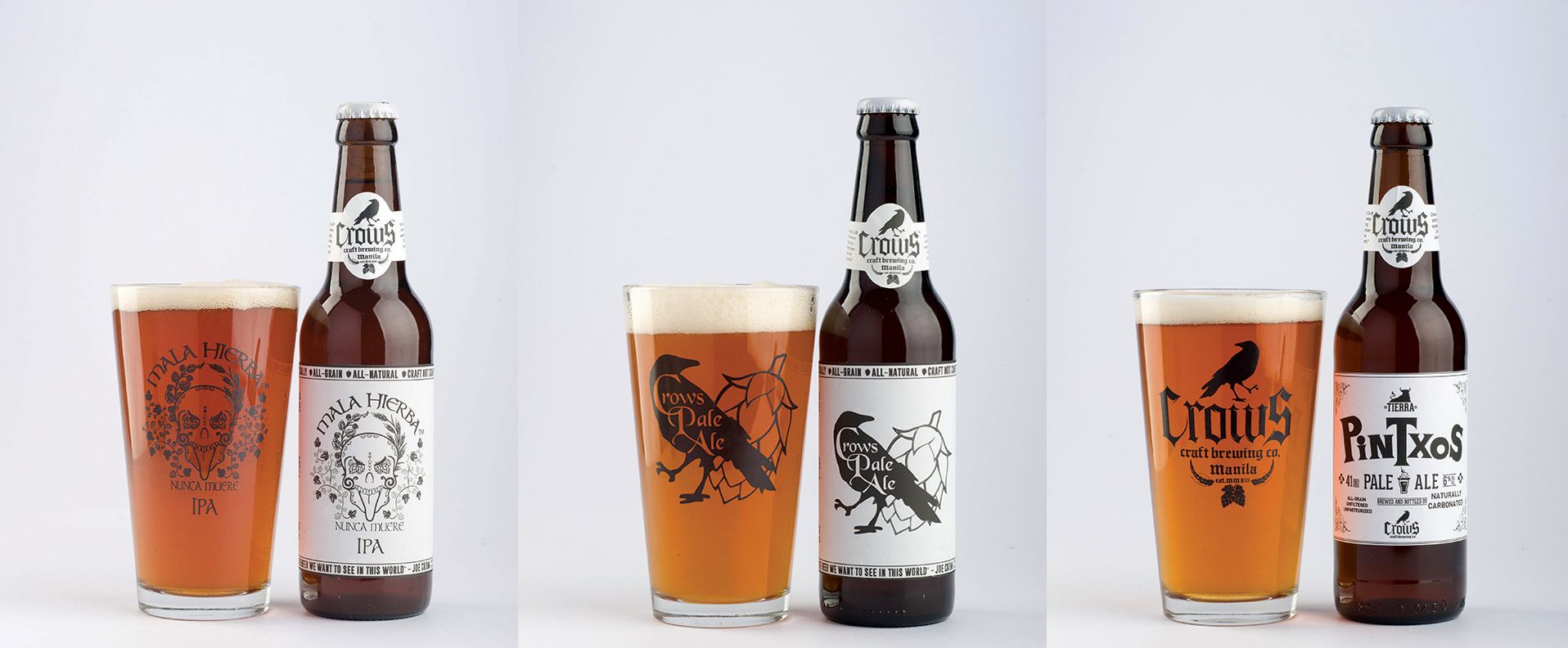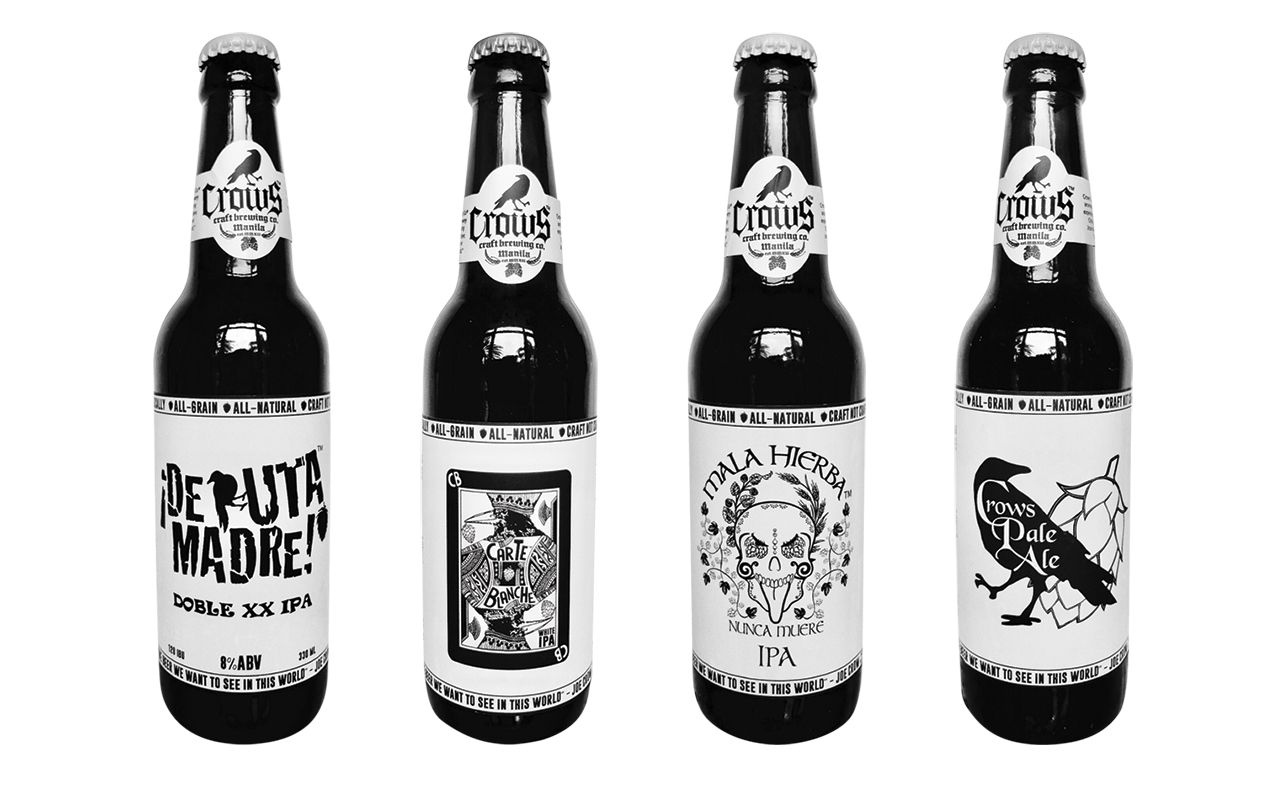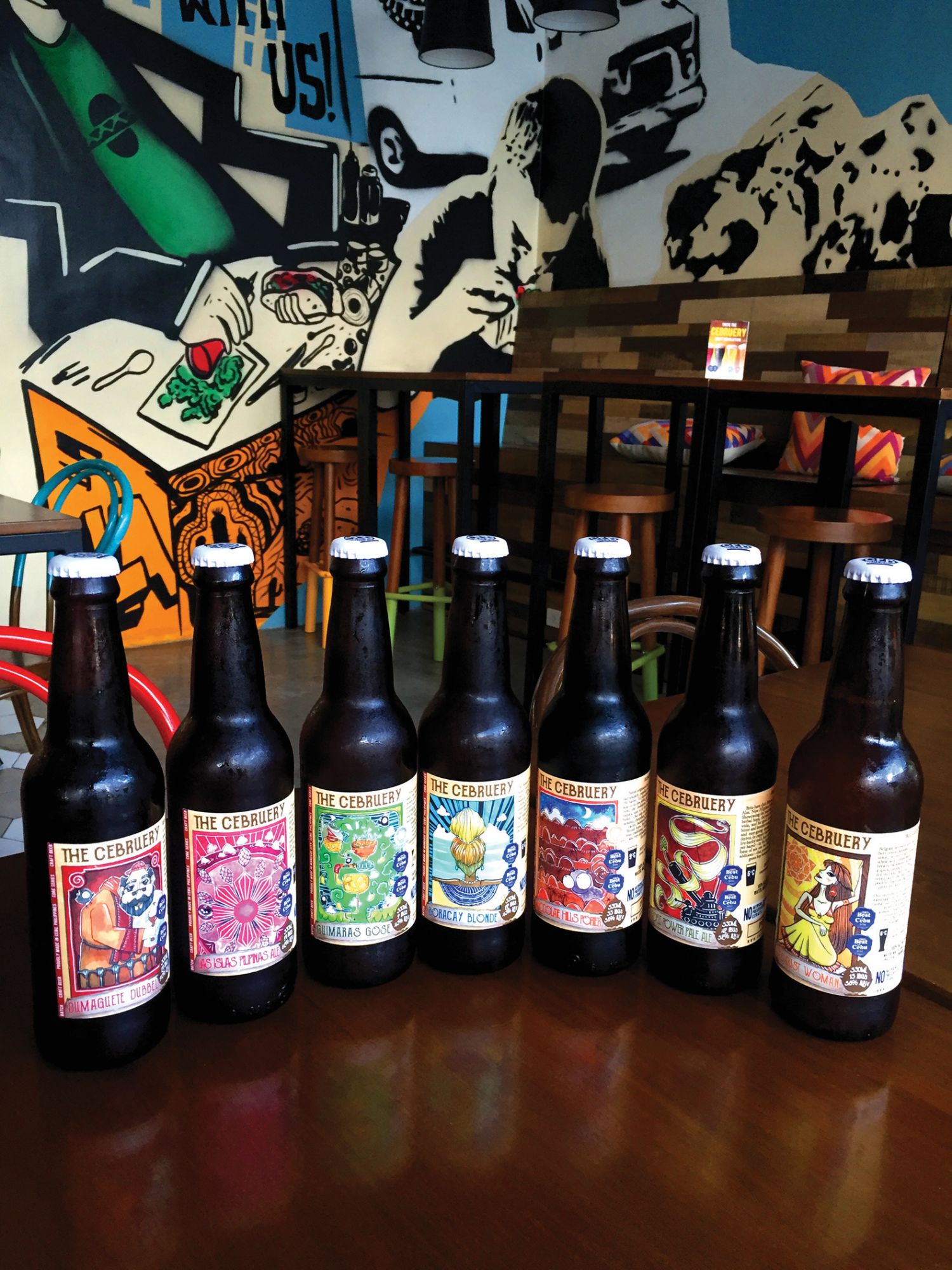Brewskies, barley legal, liquid bread, giggle water, silly seltzer—whatever you call them—beers are getting craftier and we’re loving it
Besides the familiar social lubricant favourites out there today, particularly in the Philippines, a great many brews of different persuasions have happily emerged for every type of craft drinker. Rather than a run-of-the-mill commoner, anti-mainstream contenders have thankfully hit the marketplace (and your friendly local watering hole). In fact, while beer consumption in the country has declined by over 10 per cent since 1994, that of craft beer has consistently increased. Here are a few of the Philippines’ top chugs.

Engkanto
Beer, craft in particular, possesed that secret ingredient X for Ian Paradies. And so, in 2015, Paradies put up his own brewery, under Napa Gapa Beverages Corporation, with partner Josh Karten and the mindset that he would create flavour profiles and aromas that would appeal to the Filipino palate. “I felt the timing was right to put up a brewery as the market only had a few players and Filipinos were looking for variety,” shares Paradies.
As per the Filipino influence, Engkanto was thus born. The logo, as Paradies, points out, depicts a Filipino moth, speaking to his idea of magical transformation and interest in local superstitions. “We loved the idea of connecting Filipino folkloric beliefs because we want to take Filipinos from what they believed beer was to what beer can and should be.”
Paradies and Karten met via the owner of Craft Beverage Consulting and the Rhode Island-based brewery, Proclamation Ale Company. They instantly hit it off; while both bring the passion to the microbrewing table, Paradies, bitten by the entrepreneurial bug has the business side down pat, and Karten, the more technical of the two, oversees the R&D and the daily operations.









